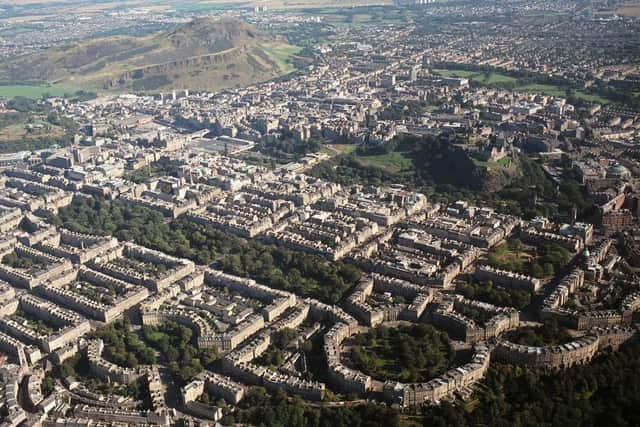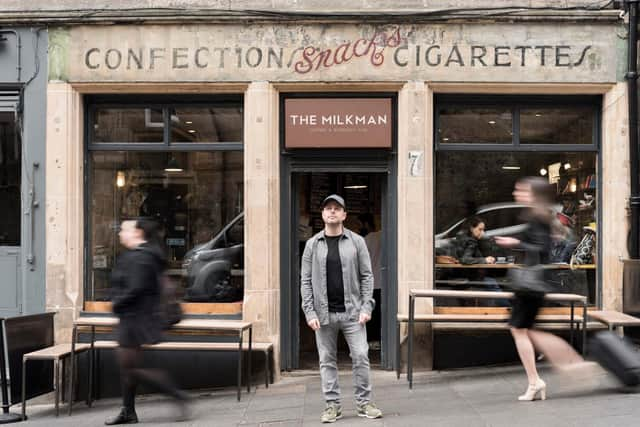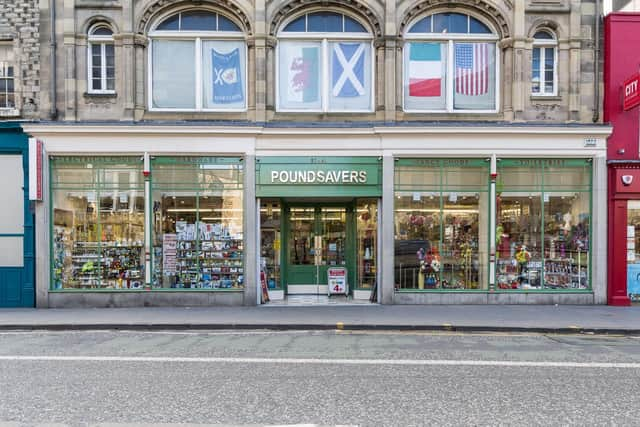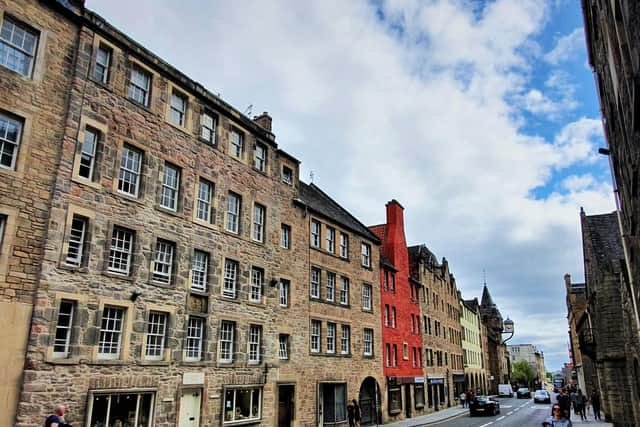World Heritage Site watchdog launches drive to revive neglected Edinburgh neighbourhoods


Communities and property owners are being urged to come forward with ideas to breathe new life into previously-overlooked thoroughfares, run-down buildings, and historic squares, parks and gardens which have fallen into decline.
It is hoped new projects will be created to light up entire neighbourhoods, restore monuments and statues to their former glory, and repair historic walls, steps and even graveyards.
Advertisement
Hide AdAdvertisement
Hide AdEdinburgh World Heritage, the charity behind the campaign, hopes its drive will help boost the economic recovery of different parts of the city when it emerges from the coronavirus pandemic.


It has pledged to target future funding towards “the areas of greatest need” as part of a major rethink into the projects it supports in future, including outside the Old Town and the New Town, where it has previously prioritised resources.
It is hoping to identify a number of historic neighbourhoods which are most in need of regeneration as part of a four-year project that will be funded by government agency Historic Environment Scotland.
Leith Walk, Easter road, Abbeyhill, South Bridge, Morrison Street and Bruntsfield have all been identified as examples of areas which could benefit from the project, although all conservation areas in the city will be eligible.
Owners of commercial and residential properties would be asked to help fund regeneration ideas to help bring them to fruition. It is hoped other funders, such as the city council, will also come on board.


A spokeswoman for Edinburgh World Heritage said: “Our emerging priorities for the next period of funding are towards looking at whole neighbourhoods that might need support, rather than just individual buildings.
"As part of wider efforts in the city to ‘build back better’ post-Covid-19, we are asking local people to help identify neighbourhoods and individual buildings in or near the World Heritage Site that need attention.
Advertisement
Hide AdAdvertisement
Hide Ad“We’re looking to hear from property owners and tenants who would like to conserve or enhance their historic properties or neighbourhoods.
"We’ll be exploring areas that are in need of regeneration in Edinburgh’s World Heritage Site and adjoining conservation areas, where the need is greatest and where improvements will make the biggest impact.


“This regeneration work will promote the use of traditional materials and skills through training and apprenticeships.”
Fiona MacDonald, conservation architect and grants manager at Edinburgh World Heritage, said: “We’d like feedback from local people to help us steer the targeting of future funds to where they are most needed, in and around the World Heritage Site.
"Ultimately, we’re hoping to hear from property owners and tenants who could be a potential partner for one of our projects.”
Director Christina Sinclair said: “Our team will provide invaulable support to residents and owners from start to finish.


"The conservation work is carried out by highly-skilled architects and tradesmen to ensure a high standard of workmanship, and the investment in jobs and materials provides a much-needed boost to the economy.”
Advertisement
Hide AdAdvertisement
Hide AdNeil Gardiner, planning convener at the city council, said: “Conservation work is so important to preserve our city’s heritage and make sure our historic buildings are well maintained.
"The city belongs to our residents and so I’m really pleased to see that our partner managing Edinburgh’s World Heritage Site is engaging with the public to help them prioritise where work is most needed, so as a city we can make the most of the funds available.”
A message from the Editor:
Thank you for reading this article. We're more reliant on your support than ever as the shift in consumer habits brought about by coronavirus impacts our advertisers.
If you haven't already, please consider supporting our trusted, fact-checked journalism by taking out a digital subscription.
Joy Yates
Editorial Director
Comments
Want to join the conversation? Please or to comment on this article.